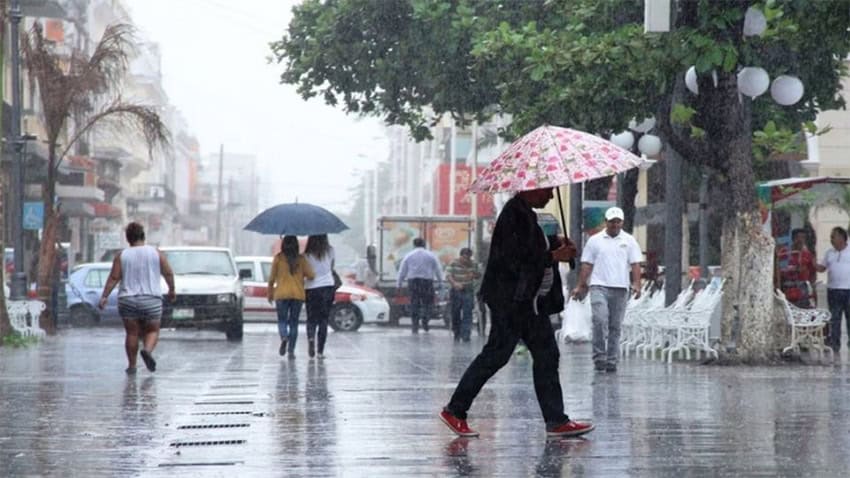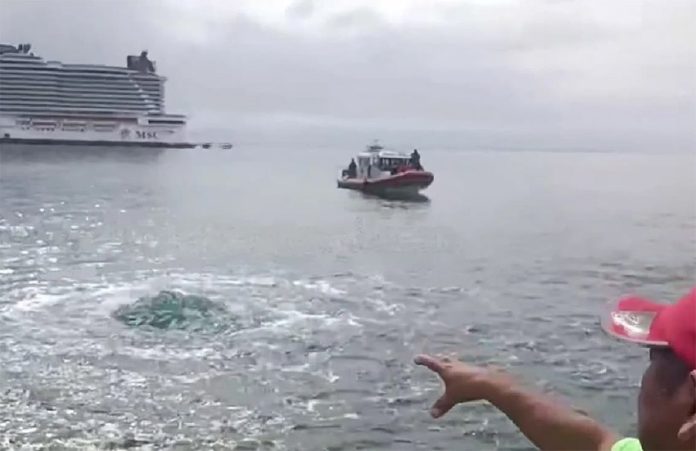After images of a bubbling disturbance in the ocean near Cozumel went viral on social media, scientists have found and documented the source of the unusual phenomenon, known as an ojo de mar (sea eye).
The disturbance was first seen by a local fisherman near the San Miguel Pier on Cozumel Island, roughly 40 kilometers off the coast of the state of Quintana Roo in southeastern Mexico.
🔴 “Ojo de Agua” aparece en el mar de #Cozumel debido a las intensas lluvias
En redes sociales se dieron a conocer algunos videos donde se muestra el nacimiento de un “ojo de agua” en pleno mar.
📹Night Snorkel Cozumel / Redes sociales pic.twitter.com/BUE16nw1Xa— Peregrineros (@peregrinerosmx) June 21, 2024
An underwater view of the “water eye.”
Fisherman José Luis Méndez was not alarmed, however, explaining to the newspaper Riviera Maya News that the churning water was a common occurrence after torrential rains.
The anomaly, known locally as a water eye or sea eye, is caused by water escaping from underwater caves and cenotes that are filled to capacity by heavy rainfall.
The Yucatán Peninsula is composed almost entirely of porous limestone, resulting in what’s known as a karst landscape in which the dissolving of the bedrock creates sinkholes (cenotes), sinking streams, caves, springs, and other characteristic features that typically drain into the sea.
After the passage of Tropical Storm Alberto earlier this week, the area’s cenotes and underground rivers were full to capacity and the excess water was seeking a natural outlet. In this particular instance, the cold storm waters were being pushed out of an underwater cave.

Germán Yáñez Mendoza, Cozumel’s deputy director of ecology, and Rafael López, a karst investigator at Mexico’s National Autonomous University (UNAM), were the divers who investigated this week’s sea eye. The pair took videos of the phenomenon to document how rainwater makes its way through the state’s underground formations.
Afterward, Yáñez told Riviera Maya News that these processes, called upwellings, come from inland caves that drain into the sea. In most cases, the natural outlets are in deep water and do not result in sea eyes.
“Most of the caves … have an internal drainage system,” he said. “They capture rainwater and drain it into the sea … in some cases [escape] holes are covered by sediment, rocks and sand.”
Yáñez explained that the churning water was coming from a perforation hole in shallow waters that had been clogged, and as the excess water strained to find an exit, it burst through the seabed causing the disturbance at the surface.
Yáñez and López also explored a second ojo de mar near the Aldora Ferry Boat dock just 400 meters northeast of the San Miguel Pier, both of which are on the northwestern side of the island.
With reports from Riviera Maya News, La Jornada Maya and Por Esto!
